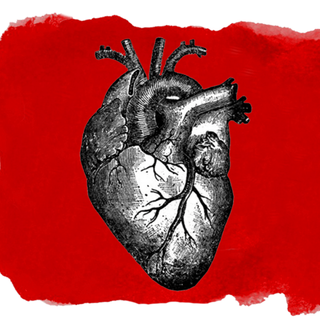Inadequate knowledge and awareness about venomous snakes and snakebites may predispose tribal communities to increased risks of snakebites, shows a new study conducted by the National Institute for Research in Reproductive Health (NIRR) and published in PLoS One last week. It explores snakebite perceptions and management practices in a tribal community and frontline healthcare workers in Dahanu, Maharashtra. They found that superstition, a reliance on faith healers, and insufficient knowledge among health workers contributed to a high risk of venomous bites and mortalities in the community.
“Lack of first aid amongst the community, as well as peripheral healthcare workers, delay in receiving lifesaving treatment, and non-availability of trained medical officers for management of snakebite contribute to a higher number of deaths,” Smita Mahale, coordinator of the snakebite research programs at the NIRR, told The Indian Express.
The present study was carried out from 2016 to 2018. Initially, the case fatality rate observed was 4.4%, but this figure dropped to 0.4% after community intervention and training of frontline health workers in the area. The study, therefore, highlighted the need for greater awareness and training programs to facilitate more effective and timely interventions for snakebites. Capacity building for health workers to ensure the proper usage of antivenom is crucial for preventing snakebite deaths, the study noted.
The study also acknowledged that snakebites are an occupational hazard among agricultural workers, and a lack of proper footwear while moving outdoors, fetching water, and so on contribute to a greater risk of the same. Deaths occurring due to snakebites are mostly preventable, and community awareness, behavioral changes, and first aid skills are thus crucial for preventing snakebites themselves.
“We propose a multi-sectoral model which includes the community education, mapping of vulnerable populations to the most severe outcomes of snakebite envenoming, capacity building of local health care facility, empowerment of medical officers and [healthcare workers] HCWs on the management of snakebite,” the study concluded.
Related on The Swaddle:
As Indigenous Languages Die, India Loses Vital Means of Preserving Biodiversity
Researchers observed that while the community had knowledge about the types of snakes and hiding places, the obstacles to effective treatment were rooted in the misidentification of venomous snakes and incorrect knowledge about symptoms among both community members and medical officers.
While superstitious beliefs among community members led to a heightened risk of getting bitten and delaying access to treatment, the study also found that more than 50% of the medical officers in the area were not aware of the symptoms and complications associated with snakebites. 60% of them were also not aware of the diagnostic tests for venomous snakebites. As a result, despite adequate supply, antivenom was not found to be administered in a timely manner.
Moreover, government healthcare facilities in the area lacked Information, Education, and Communication (IEC) material that is crucial for identification, prevention, and first aid pertaining to snakebites. Community members were also reluctant to go to government hospitals to address snakebites, citing delayed treatment or large waiting times.
Currently, India averages 58,000 snakebite deaths per year, according to data from 2000 to 2019 — this makes for the highest global contributor to snakebite deaths. While the present study shows that people in vulnerable social locations, such as tribals, are predisposed to greater risks due to misinformation, it is important to note that diminishing traditional knowledge — or ethnomedicine — among tribal communities due to a decline in biodiversity may also be a factor, according to previous research.
Previous studies — particularly of the Irula tribe in Tamil Nadu — have also noted the necessity to study and complement traditional medicine practices, particularly the knowledge of plant-based antidotes that several communities claim to lead to fewer snakebite deaths. Traditional snake identification and rescuing practices have also been proven to help in the management of snakebites, as the Irula community has shown. Of particular importance, therefore, is the documentation of such practices in order to ensure that biodiversity loss and rapid urbanization doesn’t exacerbate the problem.




